-
How does it feel?
Nettle leaf when cooked has a taste and aroma similar to cooked spinach. This reminds us that above all this is a food plant. The lack of strong taste and other impacts is also associated in traditional medicine with a diuretic action and this is one of the other distinguishing features of this plant.
-
What can I use it for?

Nettle (Urtica dioica) Nettle leaf is very nutritious, rich in iron, magnesium, calcium, chromium, zinc, potassium, phosphorous and silicon. The nutritional content, particularly the iron, makes this herb an excellent support for fatigue, convalescing after illness, and anaemia.
Nettle is classed as a diuretic and is reputed to remove the body’s acidic metabolites through the urine. The best leaves are collected in the spring and nettle was long used for ‘spring clean’ detox regimes. This cleansing effect was particularly applied in European tradition to relieving arthritic joint pain and more general aches and pains.
More robust benefits for arthritis were in the widespread rural habit of beating stinging nettles on painful joints. The stings set up a counter-irritation that in effect generates healing responses similar to those provoked by inflammation.
Nettles perform like natural anti-histamines, calming allergic reactions, particularly in seasonal allergies and the skin.
-
Into the heart of nettle
 Nettle is sometimes described as a ‘pirate plant’: it invades almost any environment and is often prolific enough to be classed as a troublesome weed. This is evidence of its ability to extract nutrients out of even the most challenging soil, and explains its rich nutritional properties.
Nettle is sometimes described as a ‘pirate plant’: it invades almost any environment and is often prolific enough to be classed as a troublesome weed. This is evidence of its ability to extract nutrients out of even the most challenging soil, and explains its rich nutritional properties.It’s an incredibly nutritive herb that supports convalescence, nutritional disorders and blood based disorders, nourishing and strengthening the whole body. Almost in contrast to this, nettle also helps to cleanse the body and is a traditional herb chosen to ‘spring clean’ your insides.
It will remove excesses of uric acid and general acidity from the body in addition to supporting the general phases of detoxification that take place in the liver. Its anti-histaminic activity within the immune system also means that nettles have the ability to regulate the immune response, restoring a sense of balance, particularly for allergic skin reactions and reactions that target the respiratory system.
The nettle plant itself also contains very strong fibres that were traditionally used to make cloth.
-
Traditional uses
Traditional indications for nettle leaf in Western herbal medicine include uterine haemorrhage, epistaxis and cutaneous eruptions. Medicinal monographs in Europe support the traditional use of nettle leaf in rheumatic and arthritic conditions.
There is a long tradition, going back to at least Roman times, of using nettle stings as a counter-irritant for the relief of arthritic pain (1).
-
Traditional actions
Herbal actions describe therapeutic changes that occur in the body in response to taking a herb. These actions are used to express how a herb physiologically influences cells, tissues, organs or systems. Clinical observations are traditionally what have defined these actions: an increase in urine output, diuretic; improved wound healing, vulnerary; or a reduction in fever, antipyretic. These descriptors too have become a means to group herbs by their effects on the body — herbs with a nervine action have become the nervines, herbs with a bitter action are the bitters. Recognising herbs as members of these groups provides a preliminary familiarity with their mechanisms from which to then develop an understanding of their affinities and nuance and discern their clinical significance.
-
Traditional energetic actions
Herbal energetics are the descriptions Herbalists have given to plants, mushrooms, lichens, foods, and some minerals based on the direct experience of how they taste, feel, and work in the body. All traditional health systems use these principles to explain how the environment we live in and absorb, impacts our health. Find out more about traditional energetic actions in our article “An introduction to herbal energetics“.
Western energetics
-
What practitioners say
 Skin
SkinNettle is indicated in allergic skin conditions and reactions such as eczema and allergic dermatitis, partly due to its ability to calm the allergic immune response but also because it purifies the blood supply by supporting natural detoxification and cleansing processes within the body.
Immune
Nettle is anti-histaminic and is indicated in any allergic reaction, particularly seasonal disorders such as hay fever but also in allergic skin reactions. It will balance and calm and overactive immune system.
Musculoskeletal
Indicated where there is excessive acidity within the joints, such as in gout. Nettle will also act as a general diuretic, removing any excessive levels of heat and fluid around the joints.
Metabolic
Nettle has demonstrated the ability to balance the blood sugar, particularly targeting hyperglycaemia.
Liver
Nettle supports the phases of detoxification in the liver, enhancing natural cleansing and detoxification processes.
Urinary and kidney
As nettle is a diuretic, it can help to reduce fluid accumulation and inflammatory congestion within the kidney and urinary systems, including the prostate where there may be early signs of BPH (benign prostatic hyperplasia).
The modern use of nettle root is mainly to treat symptoms of urinary tract discomfort in men with benign prostate hyperplasia where cancer has been ruled out.
External uses
Apply fresh juice or tea to bleeding cuts and wounds, haemorrhoids, nosebleeds, burns, sunburn, scalds, bites and stings. Ointment/cream for irritating skin conditions, e.g. eczema. “Urtication” involves stinging skin with fresh nettles to stimulate circulation, relieve pain and swelling of arthritis.
-
Research

Nettle (Urtica dioica) There are a number of research studies of variable quality that point to benefits of nettle on relieving arthritic pain (including reducing the need for pain relieving drugs)(2) and impairment (3).
There are positive results for nettle in a study to explore the effect of various herbs on high blood pressure (4).
Traditional reputation for easing hay fever and allergies is supported by a study showing positive benefits in the relief of allergic rhinitis (5).
Two randomised controlled clinical trials involving patients with advanced type 2 diabetes have shown that nettle could effectively and safely control a number of measures of that condition (6,7).
Another clinical study has demonstrated positive benefits for nettle in reducing menopausal hot flushes (8).
There is evidence that the use of stinging nettles externally can relieve arthritic pain (9).
Nettle has shown to be an antagonist for histamine receptors, meaning that it blocks histamine and reduces its effect (10). This is useful for conditions like hay fever and allergic rhinitis. It also blocks inflammatory prostaglandins (10).
A total of 246 participants took part in a randomized, double-blind, placebo-controlled multicentre study to investigate the effects of nettle root extract on benign prostate hyperplasia (BPH). They were administered with 459mg, and results showed a significant reduction in International Prostate Symptom Score (IPSS) when compared to placebo (11). Results show that nettle root has an anti-inflammatory effect and it is likely that epidermal growth factor, prostate steroid membrane receptors and sex hormone binding globulin are involved in the antiprostatic effect (11).
A small clinical study with 100 patients showed that nettle had a better effect in relieving clinical symptoms of BPH, however it was not stated which plant part was used (12). Larger clinical studies are needed to confirm nettle roots efficacy for BPH but its favourable safety profile and promising results so far show it may be useful for this condition which effects so many.
-
Did you know?
‘Grasping the nettle’ is actually a familiar country trick. If you grasp a stinging nettle firmly from the base you can run your closed hand up the plant with few or even no stings: the stinging hairs point upwards. Not everyone is brave enough to try this!
Additional information
-
Botanical description
Urtica dioica is a perennial herb, 25–150cm in height and covered all over with brittle stinging hairs. The leaves are a dark green and deeply serrated with pale pink flowers and seeds appearing on long drooping stems that protrude from the stem and leaf itself. It has shallow, branching yellow roots. Nettles grow wild in a variety of locations, but are most common in hedgerows, wood margins, waste ground, meadows, gardens and roadsides.
Urtica urens is a similar looking annual herb that can also be used.
-
Common names
- Stinging nettle (Eng)
- Haarnesselkraut (Ger)
- Brennesselwurzel (Ger)
- Haarnesselwurzel (Ger)
- Herbe d’ortie (Fr)
- Racine d’ortie (Fr)
- Ortica (Ital)
- Brændenælde (Dan)
-
Safety
Nettle leaf is very safe and is often eaten as a vegetable.
-
Dosage
6–30 g/day of dried leaf as a tea; 4–6 g/day of dried root by decoction or as a tea
-
Constituents
- Flavonoids
- Nettle hairs contain leukotrienes, neutrophil chemotactic activity and histamine, also silicon

-
Recipe
Nourishing Nettle Tea
Earthy, herbaceous, grassy and brimming with minerals, this nourishing nettle tea is the quintessential herbal tea.
Ingredients:
- Nettle leaf 30g/1ozThis will serve 2–3 cups of nettle brew.
Method:
- Put the nettle leaf in a pot.
- Add 500ml (18fl oz) cold water.
- Leave to steep for 2–4 hours (or even overnight) and then strain for a truly nourishing brew that you can drink throughout the day.
Let me glow tea
This delicious recipe is a healing blend of chlorophyll-rich herbs that purify the blood, soothe the liver and cleanse the skin, helping you glow from the inside out. Good for anyone with pimples, acne or other skin blemishes.

Ingredients:
- Nettle leaf 3g
- Fennel seed 2g
- Peppermint leaf 2g
- Dandelion root 2g
- Burdock root 2g
- Red clover 2g
- Turmeric root powder 1g
- Licorice root 1g
- Lemon juice a twist per cup
This will serve 2 cups of beautifying tea.
Method:
- Put all of the ingredients in a pot (except the lemon). Add 500ml/18fl oz freshly boiled filtered water.
- Leave to steep for 10–15 minutes, then strain and add the lemon.
Recipes from Cleanse, Nurture, Restore by Sebastian Pole
-
References
- Randall C, Dickens A, White A, et al. (2008) Nettle sting for chronic knee pain: a randomised controlled pilot study. Complement Ther Med. 16(2): 66–72
- Jacquet, A., Girodet, PO., Pariente, A., et al. (2009). Phytalgic, a food supplement, vs placebo in patients with osteoarthritis of the knee or hip: A randomised double-blind placebo-controlled clinical trial. Arthritis Res.Ther. 11: R192
- Chrubasik, S., Enderlein, W., Bauer, R., and Grabner, W. (1997). Evidence for antirheumatic effectiveness of Herba Urticae dioicae in acute arthritis: A pilot study. Phytomedicine.4:105–108
- Samaha AA, Fawaz M, Salami A, et al. (2019) Antihypertensive Indigenous Lebanese Plants: Ethnopharmacology and a Clinical Trial. Biomolecules. 9(7): 292
- Mittman, P. (1990). Randomized, double-blind study of freeze-dried Urtica dioica in the treatment of allergic rhinitis. Planta Med. 56: 44–47
- Kianbakht S, Khalighi-Sigaroodi F, Dabaghian FH. (2013) Improved glycemic control in patients with advanced type 2 diabetes mellitus taking Urtica dioica leaf extract: a randomized double-blind placebo-controlled clinical trial. Clin Lab. 59(9-10): 1071–1076
- Namazi N, Tarighat A, Bahrami A. (2012) The effect of hydro alcoholic nettle (Urtica dioica) extract on oxidative stress in patients with type 2 diabetes: a randomized double-blind clinical trial. Pak J Biol Sci. 15(2): 98–102
- Kargozar R, Salari R, Jarahi L, et al. (2019) Urtica dioica in comparison with placebo and acupuncture: A new possibility for menopausal hot flashes: A randomized clinical trial. Complement Ther Med. 44: 166–173
- Randall C, Randall H, Dobbs F, et al. (2000) Randomized controlled trial of nettle sting for treatment of base-of-thumb pain. J R Soc Med. 93(6): 305–309
- Roschek B, Fink R, McMichael M, Alberte R. Nettle extract (Urtica dioica) affects key receptors and enzymes associated with allergic rhinitis. https://onlinelibrary.wiley.com/doi/abs/10.1002/ptr.2763. Published 2009. Accessed February 18, 2022.
- Chrubasik J, Roufogalis B, Wagner H, Chrubasik S. A comprehensive review on the stinging nettle effect and efficacy profiles. Part II: Urticae radix. Phytomedicine. 2007;14(7-8):568-579. doi:10.1016/j.phymed.2007.03.014
- Ghorbanibirgani A, Khalili A, Zamani L. The Efficacy of Stinging Nettle (Urtica Dioica) in Patients with Benign Prostatic Hyperplasia: A Randomized Double-Blind Study in 100 Patients. Iran Red Crescent Med J. 2013;15(1). doi:10.5812/ircmj.2386

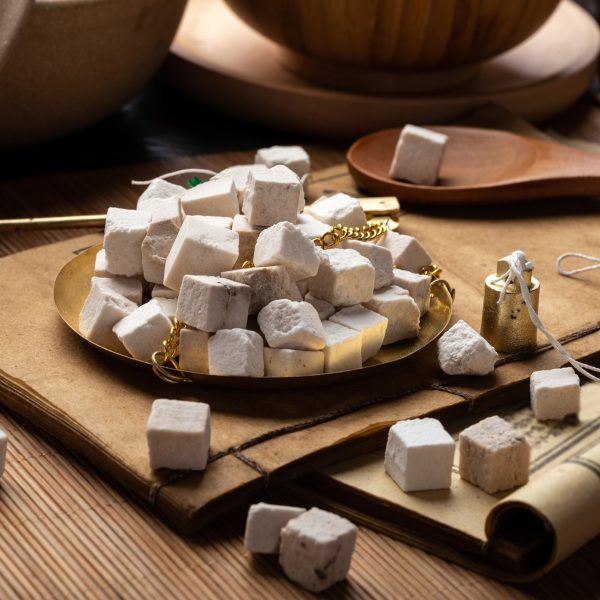
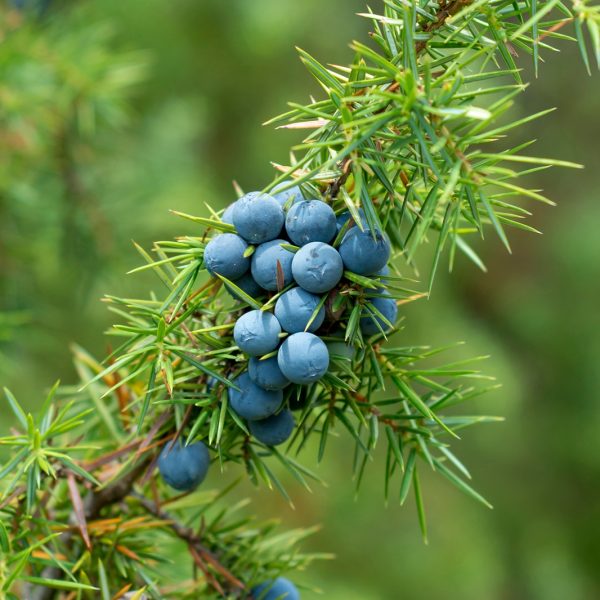












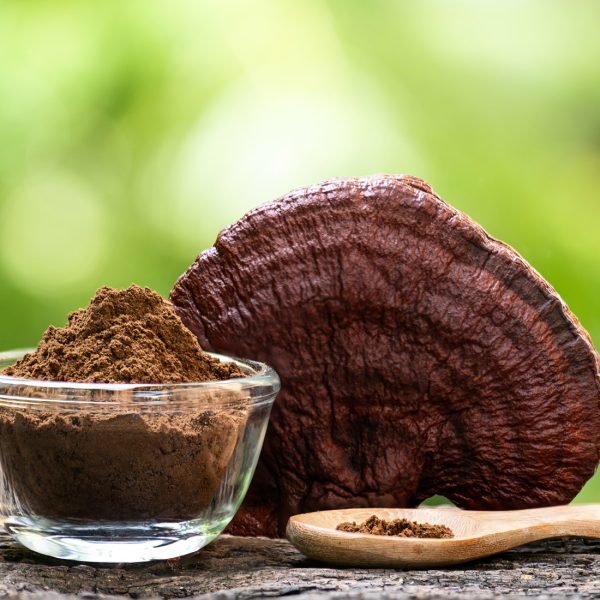

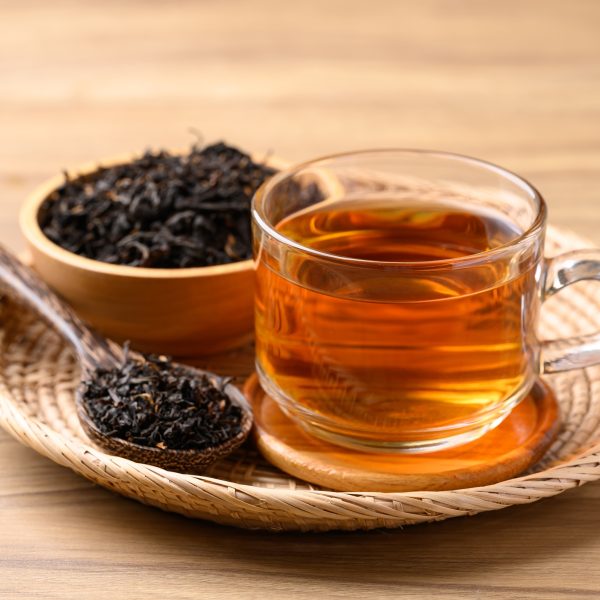
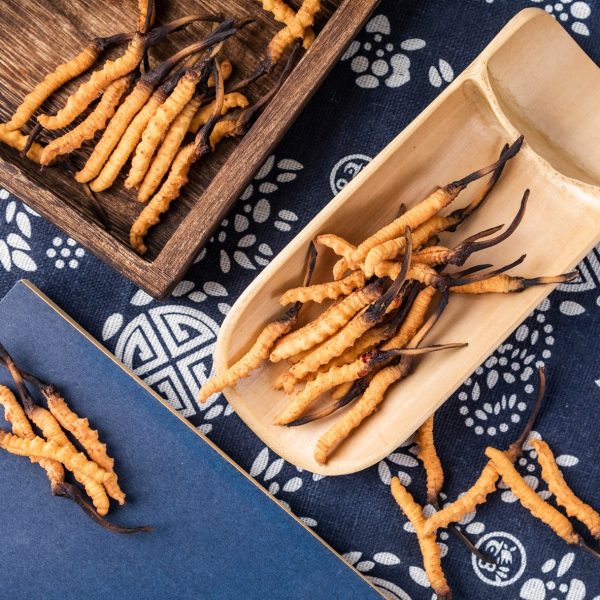








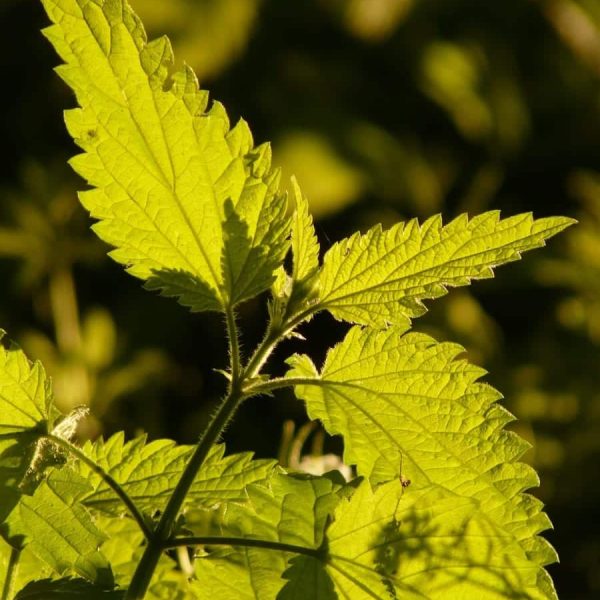

 Nettle is sometimes described as a ‘pirate plant’: it invades almost any environment and is often prolific enough to be classed as a troublesome weed. This is evidence of its ability to extract nutrients out of even the most challenging soil, and explains its rich nutritional properties.
Nettle is sometimes described as a ‘pirate plant’: it invades almost any environment and is often prolific enough to be classed as a troublesome weed. This is evidence of its ability to extract nutrients out of even the most challenging soil, and explains its rich nutritional properties. Skin
Skin







